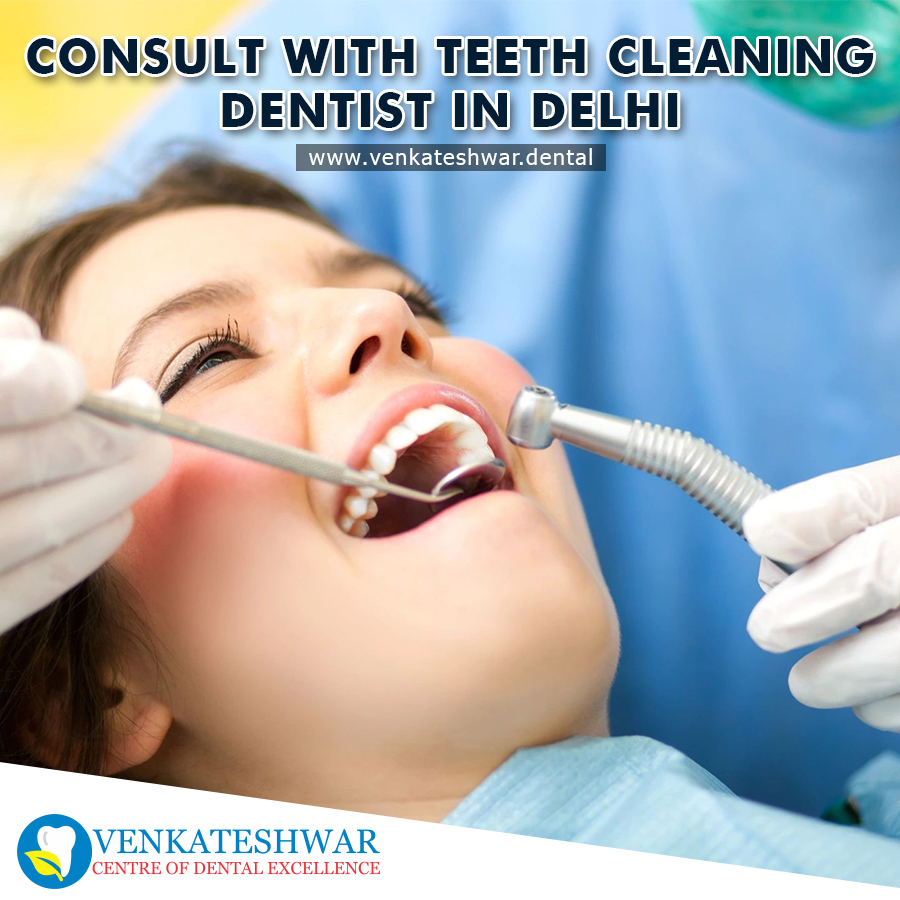On average, by the time we reach our 50 years we will have lost twelve of our permanent teeth. Really! This alarming statistical number, from the National Institutes of Health (NIH), should clarify any assumption that tooth loss presents only a challenge to older people or, as the case may be, to a problem of the 18th century.
Although the loss of teeth is often caused by traumatic events, such as vehicle accidents, injuries caused by a sport or the result of some act of violence, the NIH is very clear: the two main reasons that cause tooth loss they are caries and periodontal diseases, as well as its precursor, gingivitis.

During the normal and daily course of the day, our teeth and gums are exposed to battery attacks, viruses and even parasites. All these present a risk, but it is the presence of “colonies” of bacteria that form a gelatinous layer in our teeth, known as dental plaque, which establishes the conditions for caries to form as well as periodontal disease, also known as gum disease.
Why our teeth need professional cleaning?
Think of a professional cleaning as if it were a super weapon against dental plaque, that is, as an arsenal that combats gum disease. Home oral hygiene done on a regular basis protects against plaque, but only for a limited time. The plaque accumulates on the surface of the teeth and in the gum line and this, over time, becomes tartar.
A professional cleaning helps to safeguard our permanent teeth, our health and our pocket. Consider all the costs in terms of stress, money and time required to perform a root canal, an extraction or an implant. In addition, periodontal disease can also adversely affect our general health and it has been linked to heart disease, dementia and even stroke.
Dental cleaning
Despite the fact that almost half of adults aged 30 or older have chronic gum disease, most of us simply need basic cleansing to prevent cavities and treat minor gum diseases. For cases of medium or severe gum disease, a deep cleansing is probably necessary to prevent serious infections and loss of teeth.
What to Expect from a Basic Cleaning?
The team of teeth hospital in Delhi uses a series of tools to clean the teeth, which include a small mirror, a variety of wedges or tooth scrapers (hook-shaped instruments), a teeth polisher with different head sizes, a small water hose and a suction hose. The scrapers help to gently remove small portions of tartar that are difficult to remove, which can be between the teeth, below the gum line and some holes in crowns. If the hygienist takes a little longer with the scraper, this means that there is more than just a little tartar build-up. You may feel a little sensitivity or uncomfortable feeling.
What to Expect from Deep Cleansing?
Deep cleaning teeth cost requires two steps of scaling and scaling of the tooth root, and is considered the highest level (“gold standard”) for the treatment of chronic gum disease. During the process of deep cleaning the scaling is more extensive, cleaning more deeply the surface of the gum line and always around the surface of the tooth. The hygienist could use a manual scaling tool as described above, or a laser or ultrasonic instrument.
